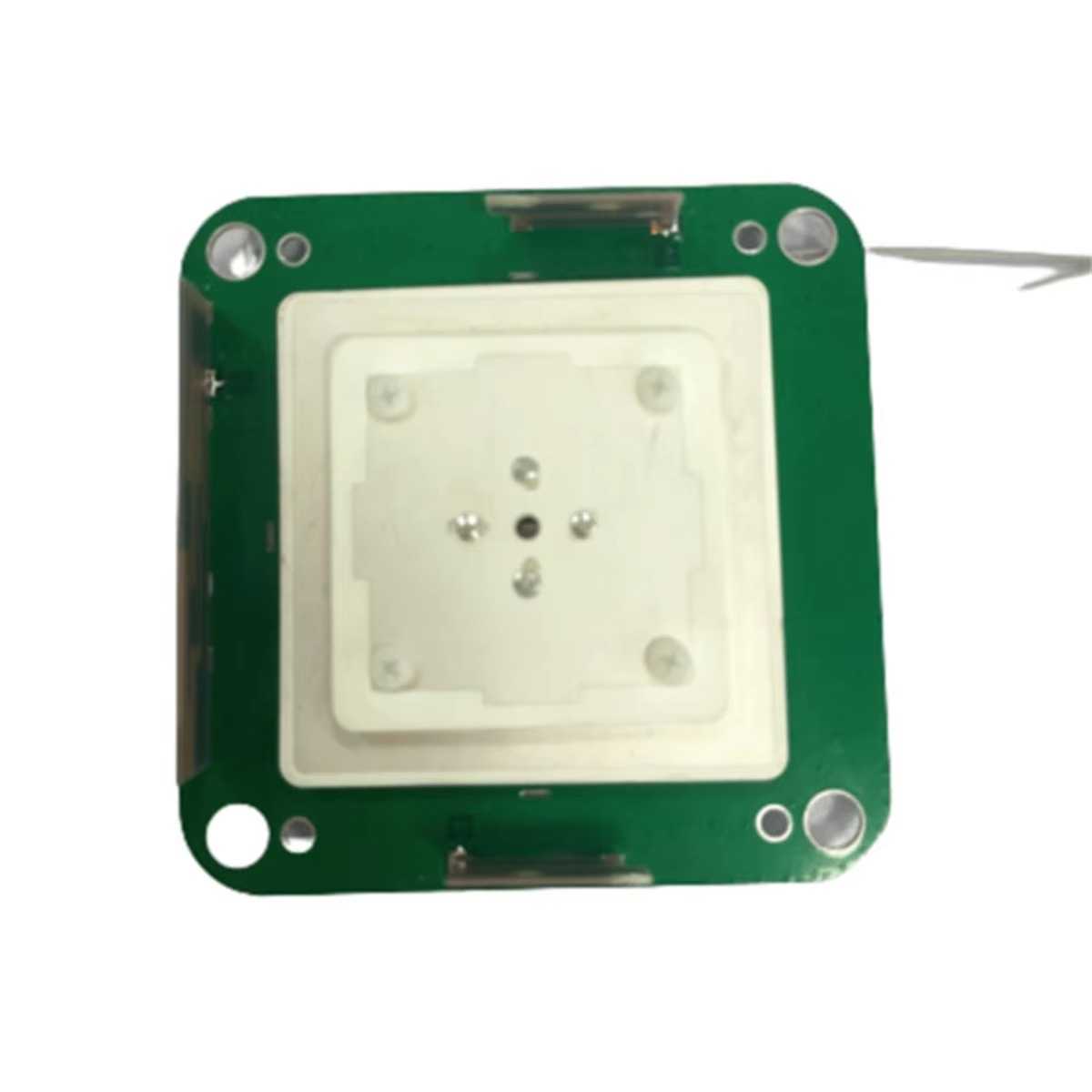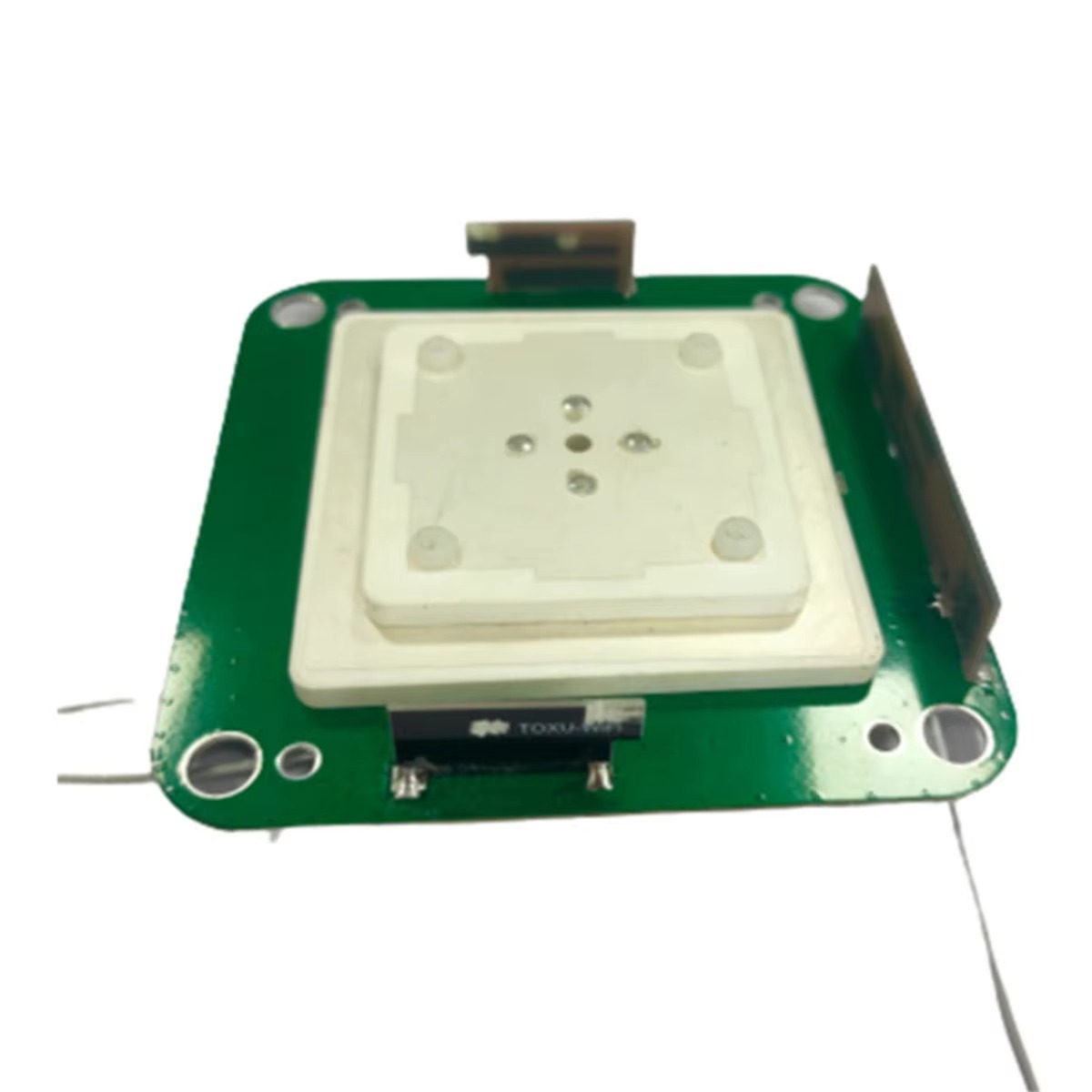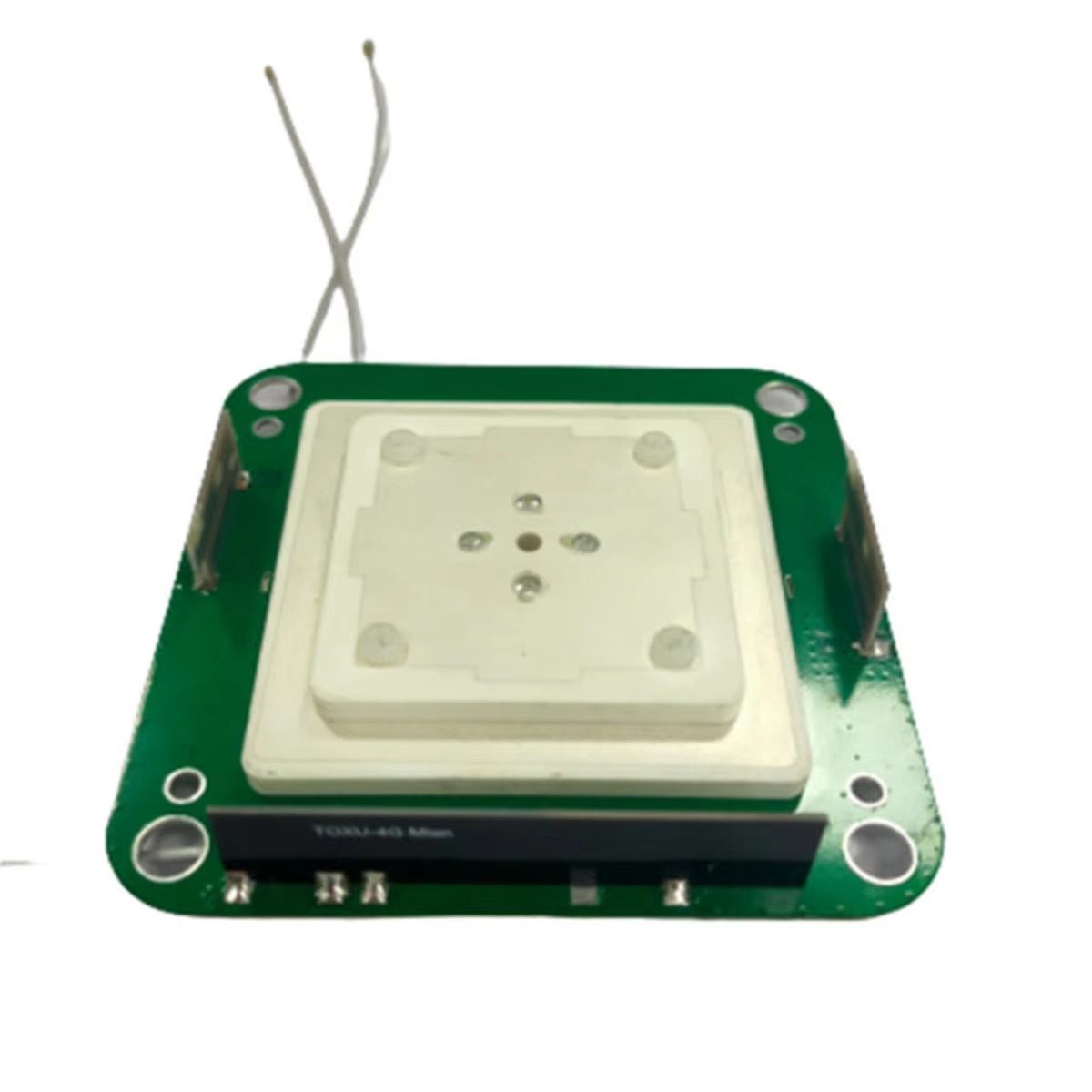Precision agricultural GNSS antennas for tractors have a wide range of applications, from variable-rate applications of fertilizers and pesticides to autonomous navigation and crop monitoring. As technology continues to evolve, new applications and trends are emerging that will shape the future of precision agriculture.
Current Applications
Variable-Rate Applications: GNSS antennas enable tractors to apply fertilizers, pesticides, and water at variable rates based on soil conditions, crop needs, and other factors. This approach optimizes resource use, reduces waste, and enhances crop yields and quality.
Autonomous Navigation: By providing precise positioning information, GNSS antennas support autonomous navigation systems that enable tractors to operate without manual intervention. This reduces labor costs, enhances operational efficiency, and improves safety in the field.
Crop Monitoring: GNSS antennas can be integrated with drones or other remote sensing platforms to monitor crop health, detect diseases and pests, and assess soil moisture levels. This information can then be used to guide precision farming decisions, such as when and where to apply treatments.
Yield Mapping: GNSS antennas support yield mapping systems that record crop yields as tractors harvest fields. This data can be used to identify areas of high and low productivity, guide future management decisions, and optimize resource allocation.
Future Trends
Software-Defined Radios (SDRs): Integrating SDRs with CRPA antennas will enable reconfigurable anti-jamming solutions tailored to specific threats. SDRs can dynamically adjust their operating parameters (e.g., frequency, bandwidth, modulation scheme) to adapt to changing interference conditions, enhancing the robustness of GNSS signal reception.
AI-Driven Null Steering: Machine learning models will predict jammer locations and preemptively adjust antenna patterns, reducing latency and improving performance. By analyzing historical data and real-time sensor inputs, AI algorithms can identify patterns and trends in interference sources, enabling more proactive and effective null steering.
Quantum Sensing: Quantum-enhanced GPS receivers could complement CRPA antennas by detecting jamming signals at the quantum level, providing an additional layer of protection against interference. While still in the early stages of development, quantum sensing has the potential to revolutionize GNSS technology and enable unprecedented levels of positioning accuracy and reliability.
5G Integration: Hybrid GNSS-5G systems will leverage cellular networks for backup PNT during GPS outages, with anti-jamming antennas ensuring seamless handovers. 5G networks offer high bandwidth, low latency, and wide coverage, making them ideal for supporting precision agriculture applications that require real-time data transmission and processing.
Conclusion
Precision agricultural GNSS antennas for tractors represent a critical enabler for sustainable and efficient farming practices. By providing centimeter-level positioning accuracy and robust resistance to interference, these antennas support a wide range of precision farming applications, from variable-rate applications to autonomous navigation and crop monitoring. As technology continues to evolve, new trends such as software-defined radios, AI-driven null steering, quantum sensing, and 5G integration will further enhance the capabilities of these antennas, driving the adoption of precision agriculture and transforming the agricultural landscape.
The market for precision agricultural GNSS antennas is expected to witness significant growth in the coming years, fueled by technological advancements, government initiatives, and the rising demand for food security and sustainable farming practices. However, challenges such as phase center stability, power consumption, material limitations, and cost must be addressed to ensure the widespread adoption and effectiveness of these antennas. By overcoming these challenges and leveraging emerging trends, precision agricultural GNSS antennas will play a pivotal role in shaping the future of farming, enabling farmers to optimize resource use, enhance productivity, and minimize environmental impact.




































































 Language
Language
 En
En Cn
Cn Korean
Korean

 Home >
Home > 







 18665803017 (Macro)
18665803017 (Macro)













